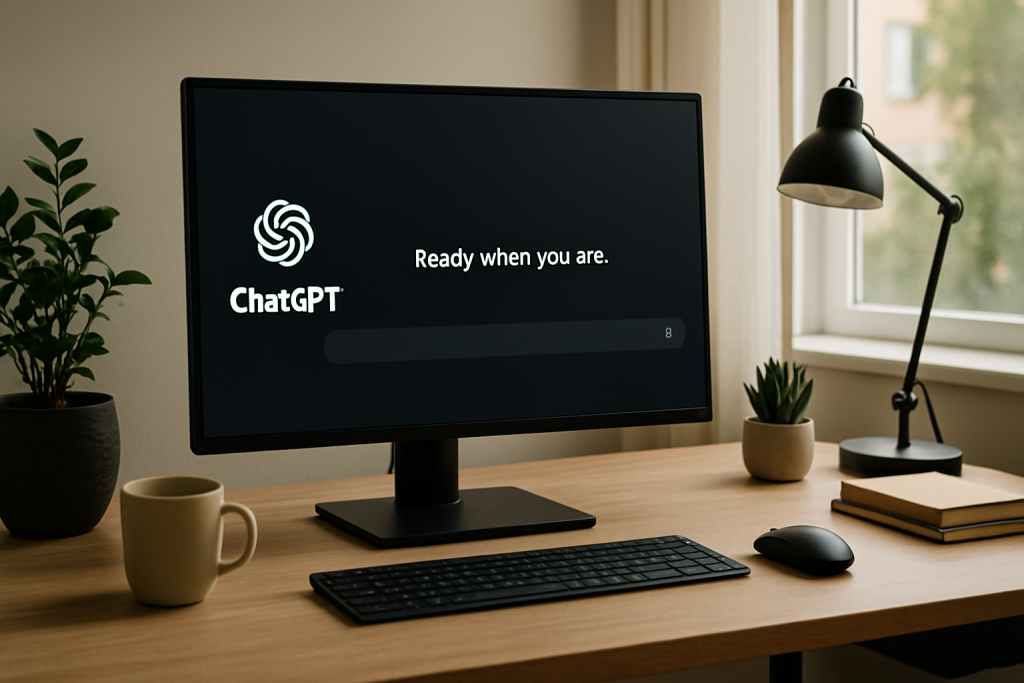OpenAI Restores Legacy Models to ChatGPT After User Backlash Over GPT-5-Only Access
OpenAI has walked back a controversial decision from last week that removed user access to older ChatGPT models when GPT-5 became the new default. Following a surge of complaints across forums and social media, legacy models like GPT-4o, GPT-4.1, o3, and o4-mini are once again available, but only for paid users who know where to look.

“Show Additional Models” Setting Unlocks Old Favorites
The key change lies in a newly added setting under General Settings. A toggle labeled “Show additional models” controls whether legacy models appear in the model picker. Once enabled, a new Legacy models dropdown will appear, giving users access to:
- GPT-4o (enabled by default)
- GPT-4.1
- o3
- o4-mini
But here’s the catch: these models are only visible and usable for ChatGPT Plus and enterprise accounts. Free-tier users will still only see GPT-3.5 or GPT-5, depending on the rollout.
This setting is hidden by default, which means many users who haven’t visited their settings panel might still think the models are gone entirely. But with one click, it’s like 2024 never left.
Why Users Revolted in the First Place
When GPT-5 was released earlier this month, OpenAI quietly removed access to the model selector for many users, effectively forcing everyone onto GPT-5 without warning. Power users, developers, and loyal Plus subscribers flooded Reddit, Discord, and Twitter with complaints.
Common grievances included:
- Loss of control over model behavior
- Missing use-case-specific performance (e.g., GPT-4o’s superior speed for coding)
- Increased hallucinations in GPT-5 for certain domains
- Disruption to workflows built on earlier models
The backlash was so intense that OpenAI responded within days, releasing a statement and pushing out this model picker update.
GPT-5 Is Still the Default, But Now More Flexible
Even as legacy models return, GPT-5 isn’t going anywhere. In fact, OpenAI has added more flexibility within GPT-5, letting users choose how it behaves:
- Auto – Balances response speed and quality
- Fast – Prioritizes quick answers
- Thinking – Takes extra time for deeper reasoning
- Pro – Designed for research-grade tasks
- Thinking mini – Optional mode that’s faster but still thoughtful (must be enabled in settings)
This is a major improvement for teams that want nuanced performance from GPT-5 without needing to jump between legacy models.
Custom GPTs Stay On GPT-4o (For Now)
If you’ve built or are using a Custom GPT, there’s no immediate change. These bots will stay on their current recommended model through mid-October. If no model is explicitly set, they’ll remain on GPT-4o for now, and then shift to GPT-5 automatically. Builders, however, can opt into GPT-5 manually at any time.
What This Means for Users
For ChatGPT Plus users, this update is a win. You now have:
- Full access to GPT-5’s multiple modes
- Legacy models brought back under one dropdown
- A toggle to control what models appear
But it’s also a quiet reminder that settings matter. If you don’t turn on “Show additional models,” you’re missing out on the flexibility many users fought to get back.
Quick Tip: How to Enable Legacy Models
- Open ChatGPT
- Go to Settings > General
- Toggle on “Show additional models”
- Return to the chat screen and click the model name at the top
- Choose from GPT-5 modes or open the Legacy models dropdown
That’s it, your old favorites are back.
Bottom Line
OpenAI’s quick course correction shows they’re still listening, even if only after major uproar. With the return of legacy models and expanded GPT-5 options, ChatGPT is once again leaning into user choice. For those who want speed, accuracy, or model-specific behavior, this update is a welcome reset. Just make sure you dig into your settings to unlock it.